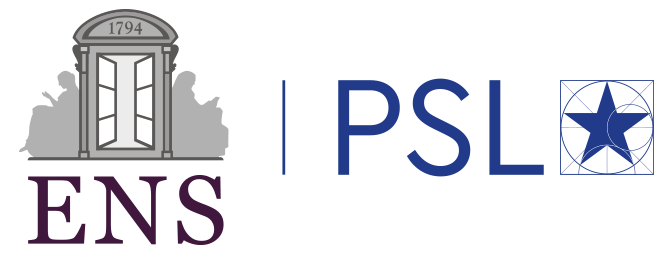Domaines
Condensed matter
Statistical physics
Soft matter
Type of internship
Expérimental et théorique Description
Controlled crystallization of certain glasses leads to structured materials, designated glass-ceramics (GC), which consist of nano or microcrystals dispersed in a residual glass matrix. GC take advantage of beneficial ceramic and glass properties and have numerous applications to our daily lives, e.g., cookware, bone and dental implants, architecture, cell phone displays, etc. In literature today, GC datasets concerning physical, mechanical, and fracture properties remain disjointed revealing only a handful of properties on a single GC sample. Furthermore, the susceptibility of glass-ceramics to stress corrosion cracking has been scarcely studied. This phenomenon is highly dependent on the relative humidity and temperature, and on material parameters (chemical composition and microstructure, herein structure and length scale associated with crystal phases) and can severely restrict GC´s uses due to slow crack propagation leading to the failure of the GC under (apparently) harmless stresses.
Contact
Maxime Vassaux
